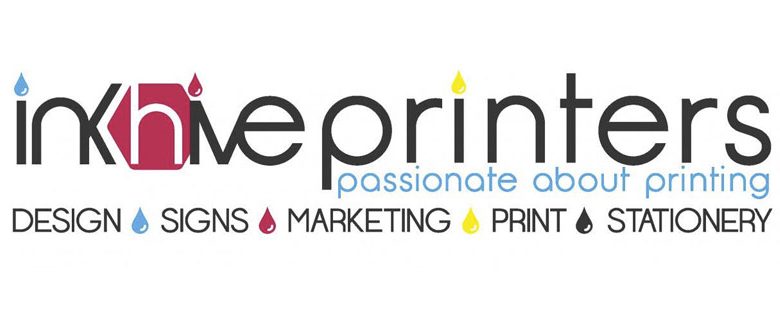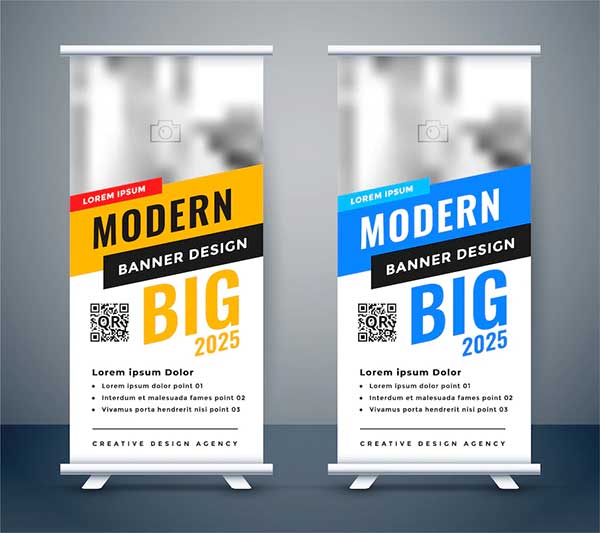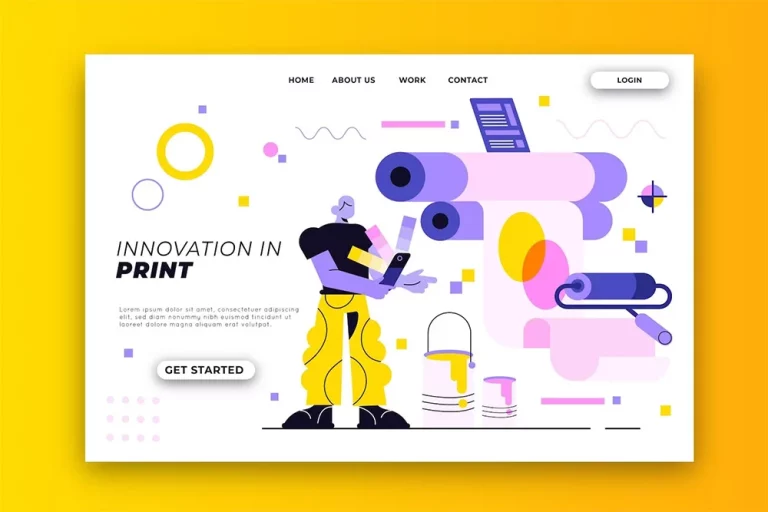Print vs. Digital – Making the Right Design Choices for Your Projects
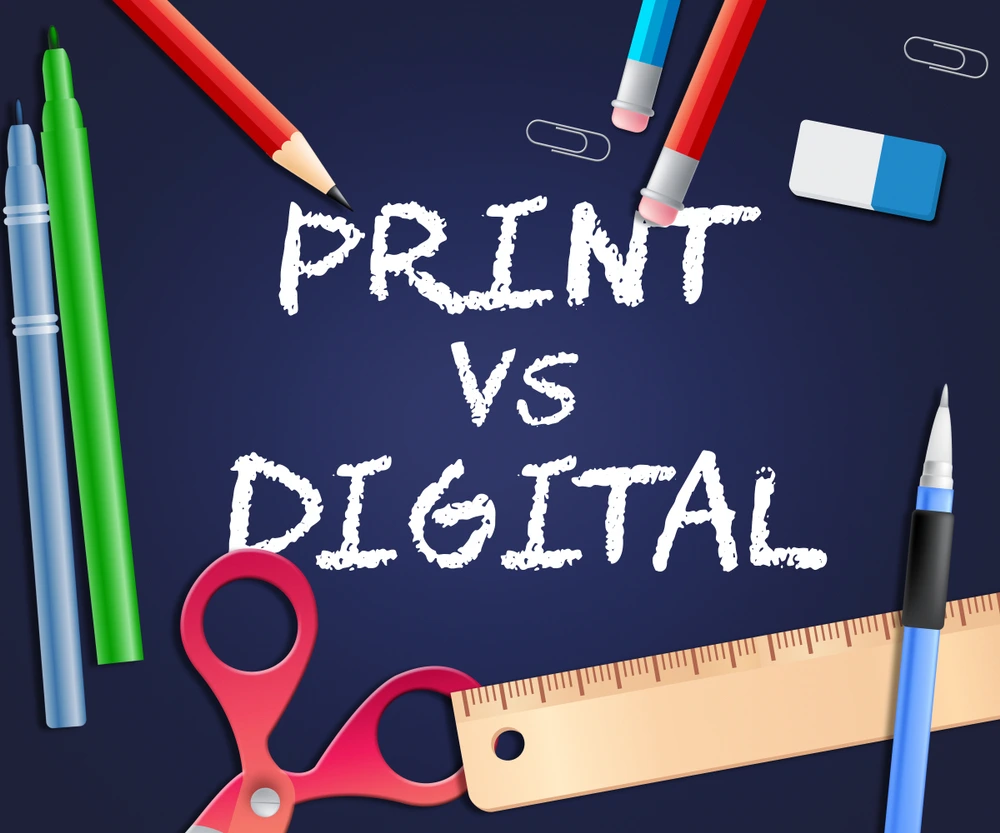
In a world increasingly dominated by digital technology, the question of whether to design for print or digital media is one that creative professionals grapple with regularly. Each medium offers its unique advantages and challenges, making the decision a critical one. To help you make the right design choices for your projects, we’ll explore the characteristics, considerations, and best practices for both print and digital design.
The Allure of Print Design
Print design has a timeless and tangible quality that appeals to many designers and audiences. Here are some key aspects that make print design an enticing choice:
1. Tangibility and Permanence
Printed materials provide a physical presence that digital media can’t replicate. Holding a beautifully designed book, magazine, or brochure can be a sensory experience that engages the reader on multiple levels.
2. Brand Trust and Credibility
Printed materials often convey a sense of authority and credibility. This is especially valuable when designing for businesses, as well-designed printed collateral can enhance brand trust and leave a lasting impression.
3. No Technical Constraints
Unlike digital design, which must accommodate various screen sizes and devices, print design is predictable. You have precise control over the final product’s size, layout, and appearance.
4. Unique Design Opportunities
Print design allows for unique tactile experiences through special finishes like embossing, foil stamping, and die-cutting. These techniques can make a design truly stand out.
5. Limited Distractions
Printed materials are free from the distractions of notifications and pop-ups that are common in the digital world. This undivided attention can be an advantage in conveying your message effectively.
Considerations for Print Design
While print design offers numerous benefits, it also presents challenges that require careful consideration:
1. Cost and Production Time
Print design can be expensive, especially for high-quality materials and finishes. Production times can be longer as well, making it less suitable for projects with tight deadlines.
2. Environmental Impact
Printed materials can have a significant environmental impact, from paper production to ink usage. This aspect should be weighed against the advantages of print design.
3. Distribution and Accessibility
Printed materials must be physically distributed, which can be cumbersome and costly. They are also less accessible to a global audience compared to digital media.
The Versatility of Digital Design
Digital design encompasses a wide range of media, from websites and mobile apps to social media graphics and interactive presentations. Here are some key features that make digital design an attractive option:
1. Interactivity and Engagement
Digital design allows for interactive elements, animations, and multimedia integration. It can engage the audience in ways that print cannot, making it suitable for various industries, from e-commerce to education.
2. Ease of Updates
Digital content can be updated and revised quickly and inexpensively. This is especially beneficial for businesses that need to keep their content current.
3. Global Reach
Digital design has a global reach, instantly accessible to anyone with an internet connection. It’s an effective way to reach a broad audience, making it a go-to choice for marketing and communication.
4. Cost-Effective Distribution
Digital design eliminates the costs and environmental impact of printing and physical distribution. It’s an eco-friendly and cost-effective option for disseminating information.
5. Data Analytics
Digital design allows for tracking user behavior and collecting valuable data. This information can be used to refine and optimize content and design choices.
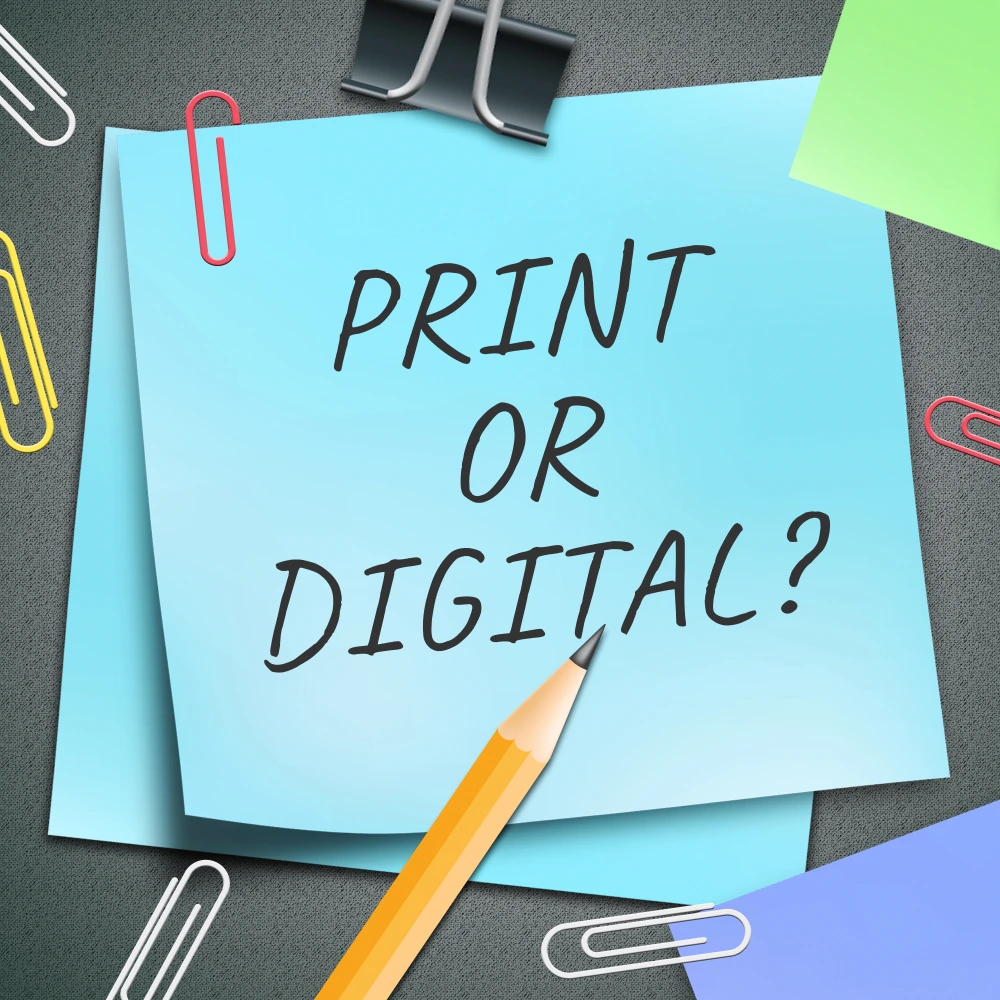
Considerations for Digital Design
Digital design offers immense flexibility, but it comes with its set of challenges:
1. Technical Constraints
Designing for various screen sizes, devices, and browsers can be complex and time-consuming. Ensuring responsive design and cross-browser compatibility is essential.
2. Short Attention Spans
The digital world is full of distractions, and users often have short attention spans. Designers must create compelling content and user experiences to keep the audience engaged.
3. Evolving Technology
Digital design evolves rapidly, requiring designers to stay updated with the latest trends, software, and technologies to remain competitive.
4. Digital Overload
The digital landscape is saturated with information and visual content, making it challenging to stand out from the crowd.
Making the Right Design Choices
So, how do you make the right design choices for your projects in a world where print and digital design coexist? Here are some guiding principles:
1. Understand Your Audience
Consider the preferences and behaviors of your target audience. Are they more likely to engage with printed materials or digital content? Knowing your audience is crucial in making the right choice.
2. Define Your Goals
Clearly outline the objectives of your project. Are you aiming for brand credibility and trust, or do you need to reach a global audience quickly? Your goals should align with the strengths of your chosen medium.
3. Integrate Both Mediums
In some cases, it’s beneficial to integrate both print and digital design. For example, a print brochure can include QR codes or URLs that lead to digital content. This approach combines the tactile advantages of print with the interactivity of digital.
4. Consider Budget and Resources
Evaluate your budget and available resources. Print design may be a luxury you can’t afford, while digital design can offer cost-effective solutions.
5. Think Long-Term
Consider the longevity of your project. Print materials have a timeless quality, while digital content may need constant updates. Factor this into your decision-making.
6. Environmental Responsibility
Assess the environmental impact of your design choices. Sustainable and eco-friendly options are increasingly valued by audiences.
The choice between print and digital design is not a one-size-fits-all decision. Each medium offers distinct advantages and challenges that should align with your project’s goals, audience, and resources. By understanding the unique characteristics of print and digital design, and by considering your project’s specific requirements, you can make informed design choices that create engaging and effective results. In an ever-evolving design landscape, the ability to choose the right medium is a skill that can set you apart as a creative professional.
-
The Value of a Business card
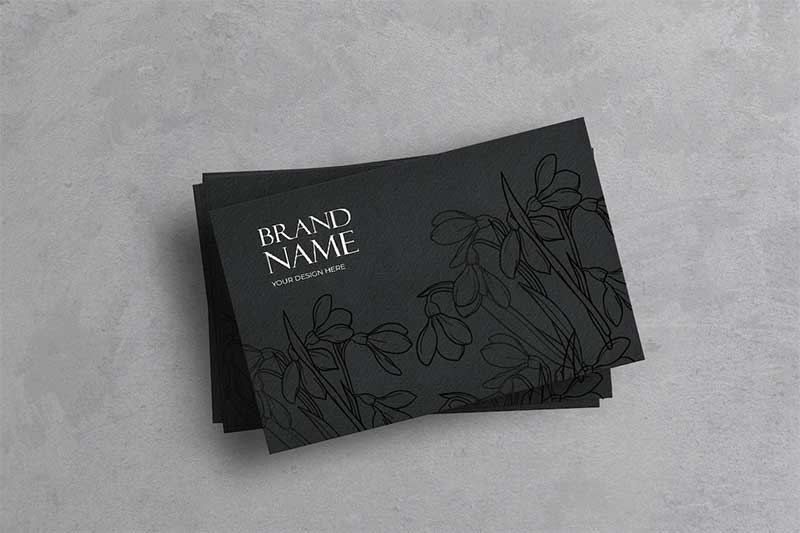
A business card is one of the most important marketing tools that you have at your disposal. It is a physical representation of your brand that you can give to potential clients and customers. A well-designed business card can make a big impression and help you stand out from the competition. Make sure that your…
-
5 Tips for Creating a Professional and Memorable Business Card
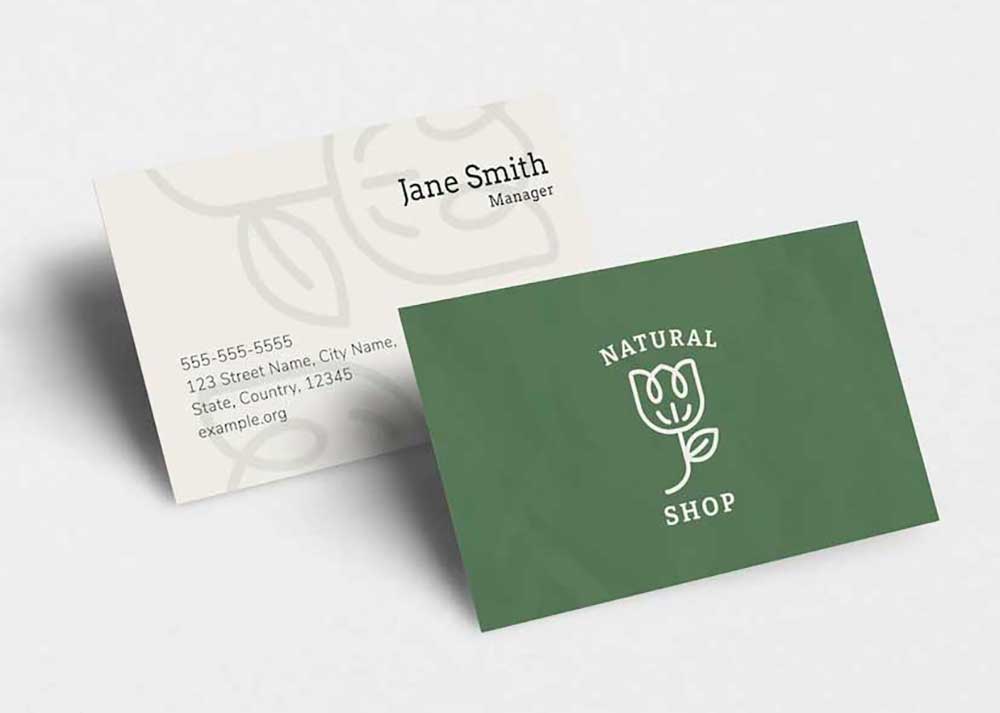
Consider your target audience: When designing a business card, it’s important to consider the needs and preferences of your target audience. Think about the industry you’re in and the image you want to portray. A business card for a creative industry, for example, might have more visual flair and use unconventional materials, while a business…
